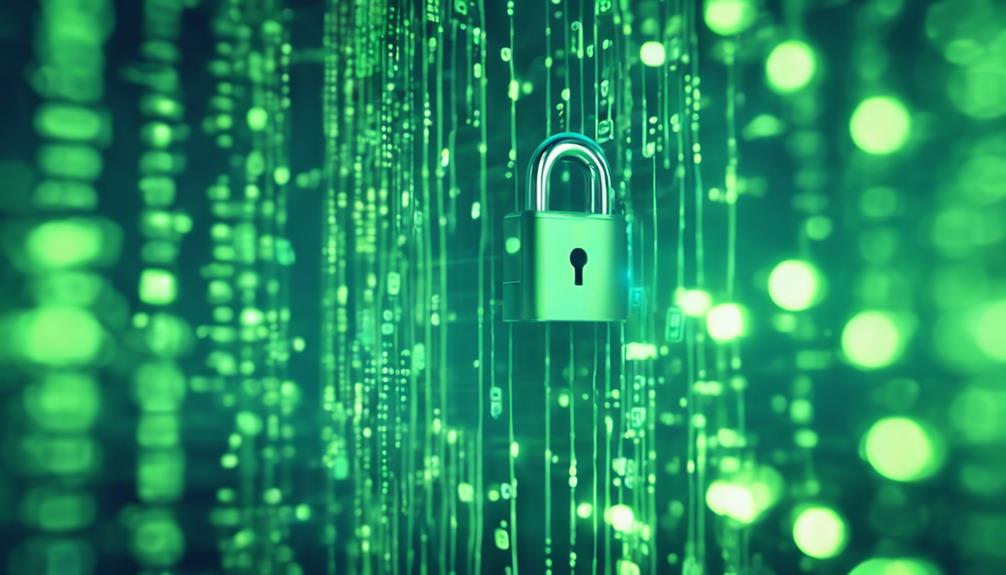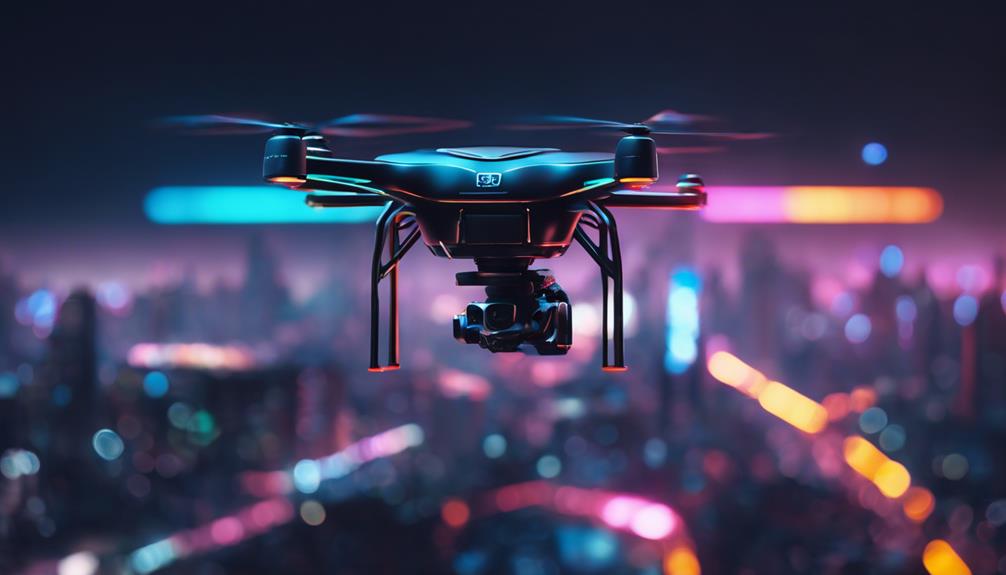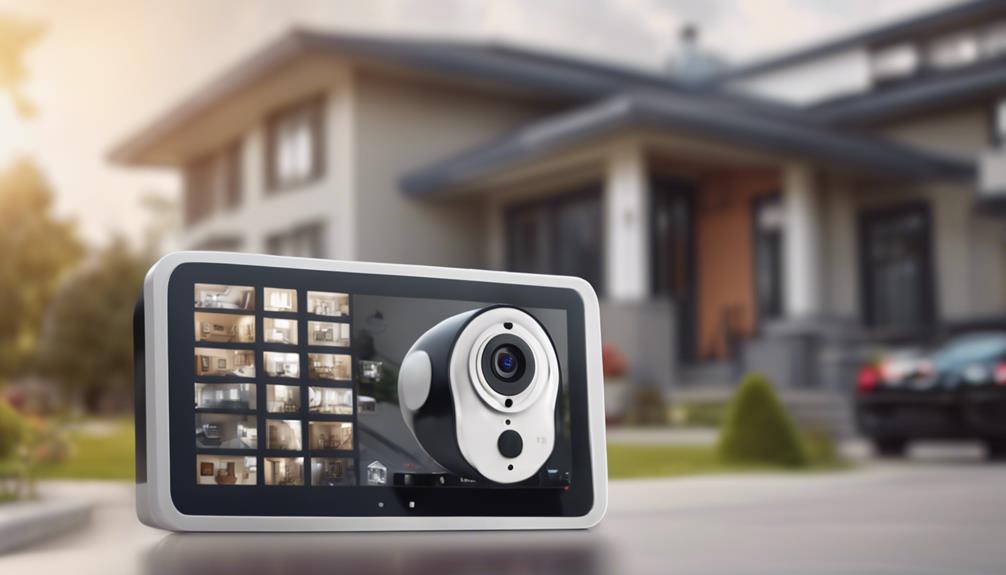
In an era dominated by smart technology, the need for surveillance has evolved, and so have the tools we use for it. Non-WiFi spy cameras are becoming increasingly popular among those who prioritize security without the complexities of wireless connectivity. These discreet devices offer a unique approach to monitoring environments, making them an attractive option for various users. This article delves into the intricacies of non-WiFi spy cameras, outlining their benefits, features, and practical applications.
Navigating the world of surveillance can be daunting, especially with the plethora of options available. Non-WiFi spy cameras stand out for their simplicity and reliability, providing users with peace of mind without the risks associated with internet connectivity. Understanding what these cameras are and how they function can help in making informed decisions about security solutions tailored to your needs.
1. What is a Non-WiFi Spy Camera and How Does It Work?
A non-WiFi spy camera is a surveillance device that does not require an internet connection to operate. Instead of transmitting footage online, these cameras typically record video directly onto a storage medium, such as an SD card or internal memory. This design allows for discretion in monitoring activities without the vulnerability of being hacked or accessed remotely. The operation of these cameras is generally straightforward, involving setting up the device, configuring it to record, and then retrieving the footage later.
The functionality of non-WiFi spy cameras can vary widely, but many employ various recording methods, including motion detection and continuous recording. Some models even come equipped with night vision for monitoring in low-light conditions. The absence of WiFi means these cameras are often easier to set up, as they do not require complex network configurations or software installations, making them user-friendly for both tech-savvy individuals and novices alike.
2. The Benefits of Choosing Non-WiFi Spy Cameras Today
One of the primary advantages of non-WiFi spy cameras is enhanced security. By not relying on internet connectivity, these devices eliminate the risk of being compromised by cyber threats such as hacking or unauthorized access. Users can record crucial footage without worrying about potential digital vulnerabilities, making non-WiFi options particularly appealing in sensitive environments.
Another benefit is their independence from power outages or internet disruptions. Non-WiFi cameras can continue to function effectively in adverse conditions, ensuring that users maintain surveillance at all times. Additionally, these devices often come at a lower cost and with less maintenance than their WiFi counterparts, making them a financially sound choice for those looking to enhance their security without breaking the bank.
3. Key Features to Look for in Non-WiFi Spy Cameras
When searching for the ideal non-WiFi spy camera, several key features should be prioritized. First, consider the video resolution; higher resolution cameras will provide clearer images, which is particularly important when identifying people or events. Look for cameras that offer at least 1080p resolution for quality surveillance footage. Additionally, features like night vision or infrared capabilities can significantly enhance usability in low-light settings.
Next, storage options are crucial; ensure the camera supports expandable storage, such as SD cards, which allows for longer recording times. Battery life is another important aspect, especially for portable models; some cameras offer extended battery options or rechargeable features, increasing the flexibility of where and how they can be used. Lastly, consider the camera’s form factor and design to ensure it blends seamlessly into your environment for optimal discretion.
4. Common Uses of Non-WiFi Spy Cameras in Daily Life
Non-WiFi spy cameras find applications in various aspects of daily life, primarily in home security. Many homeowners use these devices to monitor entry points, such as doors and windows, ensuring that they capture any unusual activities or potential break-ins. The ability to record and store footage locally provides residents with peace of mind, knowing they can review incidents if necessary.
Apart from home security, non-WiFi cameras are frequently utilized in commercial settings. Business owners often deploy these devices to monitor employee activities, deter theft, and maintain workplace safety. Furthermore, they are beneficial for personal security, enabling individuals to keep tabs on caregivers for elderly family members or monitoring children when they’re at home alone. The versatility of non-WiFi spy cameras makes them valuable tools across multiple scenarios.
5. Comparing Non-WiFi vs. WiFi Spy Cameras: A Quick Guide
When evaluating non-WiFi and WiFi spy cameras, it’s essential to consider their respective advantages and disadvantages. Non-WiFi cameras prioritize security through isolation from the internet, making them less susceptible to hacking. They are also easier to install and manage, as they do not require network configurations. However, they may lack features like remote viewing or real-time notifications that WiFi cameras typically offer.
On the other hand, WiFi spy cameras provide the convenience of accessing footage from anywhere, allowing for remote monitoring via smartphones or computers. They often include cloud storage options, enhancing data management. Despite these benefits, WiFi cameras can experience vulnerabilities related to network security. Therefore, the choice between the two ultimately comes down to personal preferences and security needs, with non-WiFi cameras appealing to those prioritizing safety and simplicity.
6. How to Install Your Non-WiFi Spy Camera Effectively
Installing a non-WiFi spy camera is typically a straightforward process, but it requires careful planning for optimal results. Start by selecting the appropriate location for the camera, ensuring it has a clear line of sight to the area you wish to monitor. Consider factors like lighting, potential obstructions, and the angle of view to maximize coverage. Additionally, ensure the camera is discreetly placed to avoid detection by unwanted observers.
Once you’ve chosen the placement, follow the manufacturer’s guidelines for installation, which often include securing the camera and inserting an SD card for storage. After setting it up, conduct a test recording to verify that the camera captures the desired area effectively. Regularly check the camera’s positioning and storage capacity to ensure it operates efficiently and remains functional over time.
7. Legal Considerations When Using Non-WiFi Spy Cameras
Before using a non-WiFi spy camera, it’s crucial to be aware of the legal implications surrounding surveillance. Laws regarding video recording vary significantly based on location, with some jurisdictions requiring consent from individuals being recorded. In many cases, using a camera in a private setting, such as your home, may not require consent, but this can differ in commercial or public spaces.
To avoid potential legal issues, familiarize yourself with local laws regarding surveillance and monitor any changes that may arise. Transparency is often key; if you’re using cameras in shared spaces, like offices or common areas, informing those involved can help prevent misunderstandings or disputes. Adhering to legal guidelines and ethical practices is essential for responsible camera usage.
8. Top Non-WiFi Spy Cameras for Home Security in 2023
As of 2023, several non-WiFi spy cameras have gained recognition for their reliability and effectiveness in home security. The [Brand A Model] is noted for its superior image quality and night vision capabilities, enabling users to capture clear footage even in dim conditions. With a long-lasting battery and user-friendly design, this model has become a favorite among homeowners who prioritize ease of use and performance.
Another highly recommended option is the [Brand B Model], which features motion detection and a compact design that blends seamlessly into various environments. Its convenient storage options and robust build quality make it a top pick for those seeking durability and functionality. Whether you’re a tech enthusiast or a novice, these cameras can provide an effective solution for your security needs.
9. Tips for Maintaining Your Non-WiFi Spy Camera System
To ensure your non-WiFi spy camera continues to operate effectively, regular maintenance is essential. Start by routinely checking the camera’s positioning to ensure it remains focused on the desired area and is free from obstructions. Additionally, inspect the camera for any signs of wear and tear, which could impact performance; addressing minor issues promptly can prevent more significant problems later.
Another important aspect of maintenance is managing storage. Depending on the camera, regularly reviewing and deleting old footage can help optimize performance and ensure there’s enough space for new recordings. Additionally, clean the camera lens periodically to prevent dust or smudges from affecting image quality. By taking these simple steps, you can prolong the life of your non-WiFi spy camera and enhance its effectiveness in monitoring your space.
10. Frequently Asked Questions About Non-WiFi Spy Cameras
Many potential users have questions about non-WiFi spy cameras, particularly regarding their capabilities and limitations. One common inquiry is whether these cameras can be used for live viewing; typically, non-WiFi cameras do not offer this feature, as they lack internet connectivity. However, they excel in recording and storing footage for later review, making them effective for many surveillance needs.
Another frequently asked question concerns battery life; this can vary widely depending on the model and usage. Some non-WiFi cameras offer extended battery life, while others may need to be recharged or replaced more frequently. Reading product reviews and specifications can help users choose a camera that suits their needs. With the right information, individuals can confidently select a non-WiFi spy camera that meets their security requirements.
In conclusion, non-WiFi spy cameras present a compelling option for anyone seeking reliable surveillance without the complexities of internet connectivity. With their unique advantages in security, ease of use, and versatile applications, they are becoming a preferred choice for both home and business security. By understanding their features, common uses, and maintenance needs, you can make an informed decision that aligns with your security goals. Whether you prioritize discretion, reliability, or straightforward installation, non-WiFi spy cameras are undoubtedly worth considering as a valuable addition to your security toolkit.





